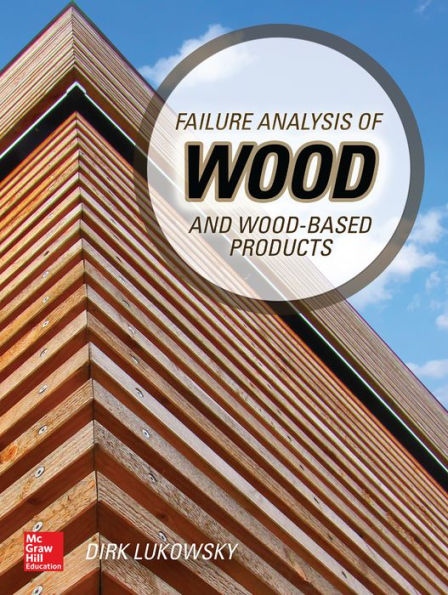5
1
9780071839372



Failure Analysis of Wood and Wood-Based Products / Edition 1 available in Hardcover, eBook

Failure Analysis of Wood and Wood-Based Products / Edition 1
- ISBN-10:
- 0071839372
- ISBN-13:
- 9780071839372
- Pub. Date:
- 02/12/2015
- Publisher:
- McGraw Hill LLC
- ISBN-10:
- 0071839372
- ISBN-13:
- 9780071839372
- Pub. Date:
- 02/12/2015
- Publisher:
- McGraw Hill LLC

Failure Analysis of Wood and Wood-Based Products / Edition 1
$170.0
170.0
In Stock

Product Details
| ISBN-13: | 9780071839372 |
|---|---|
| Publisher: | McGraw Hill LLC |
| Publication date: | 02/12/2015 |
| Pages: | 240 |
| Product dimensions: | 7.60(w) x 9.30(h) x 0.80(d) |
About the Author
From the B&N Reads Blog
